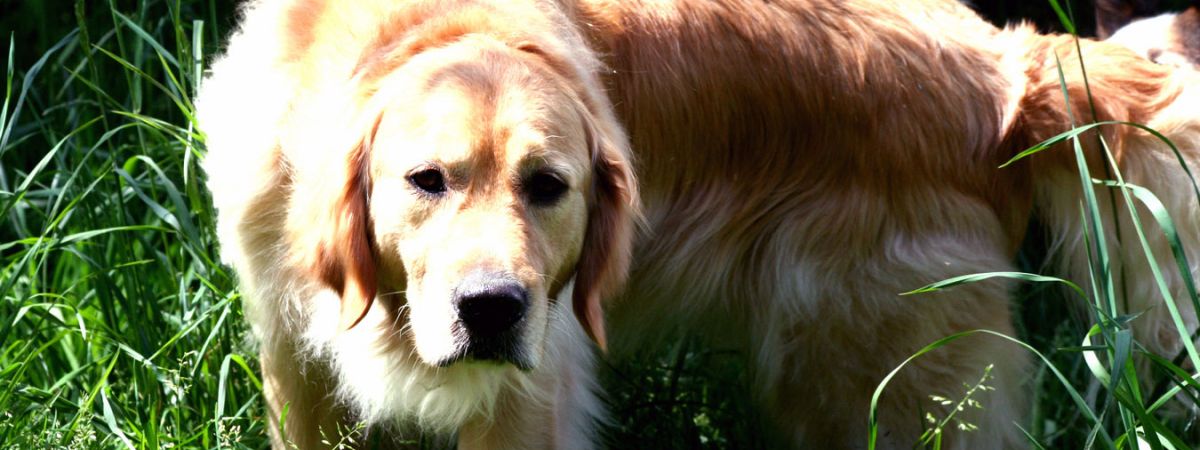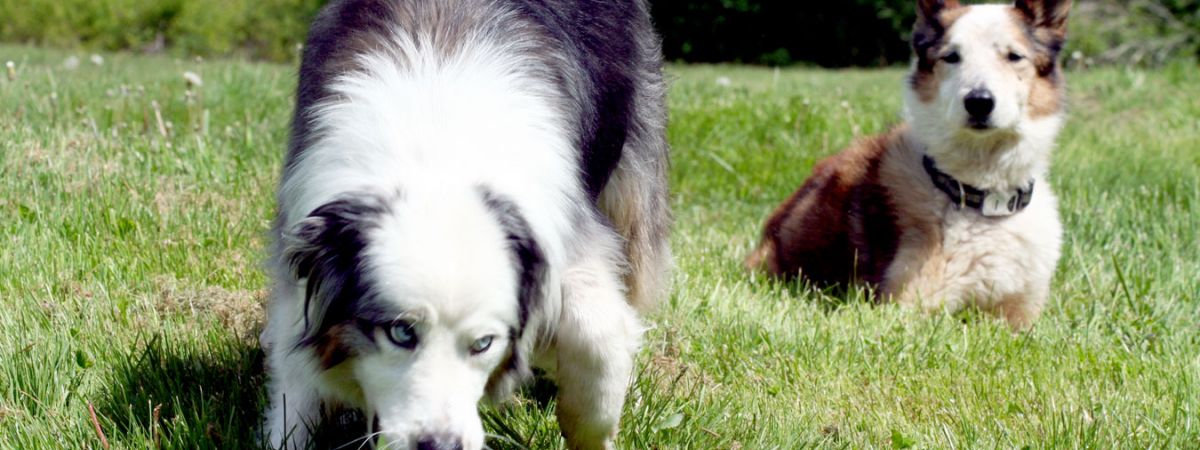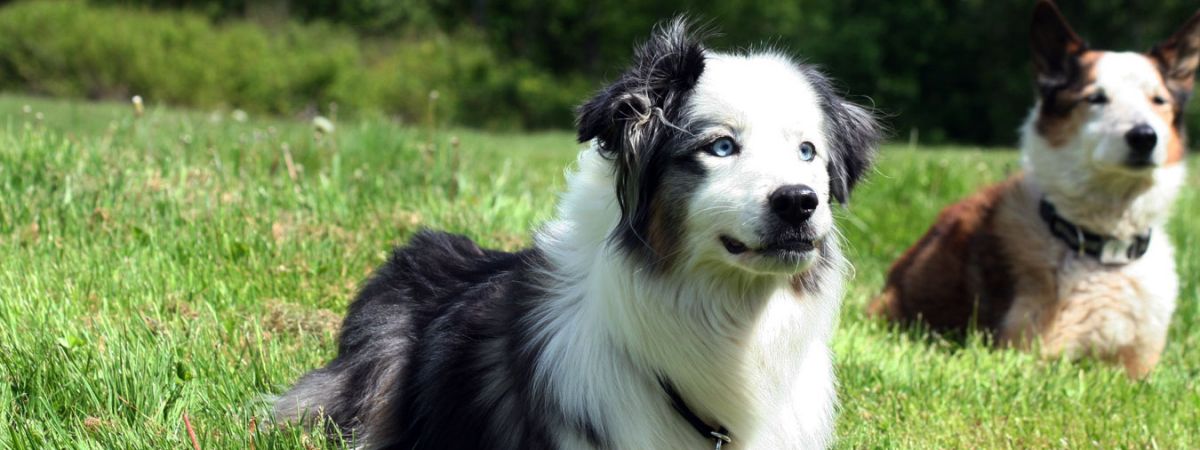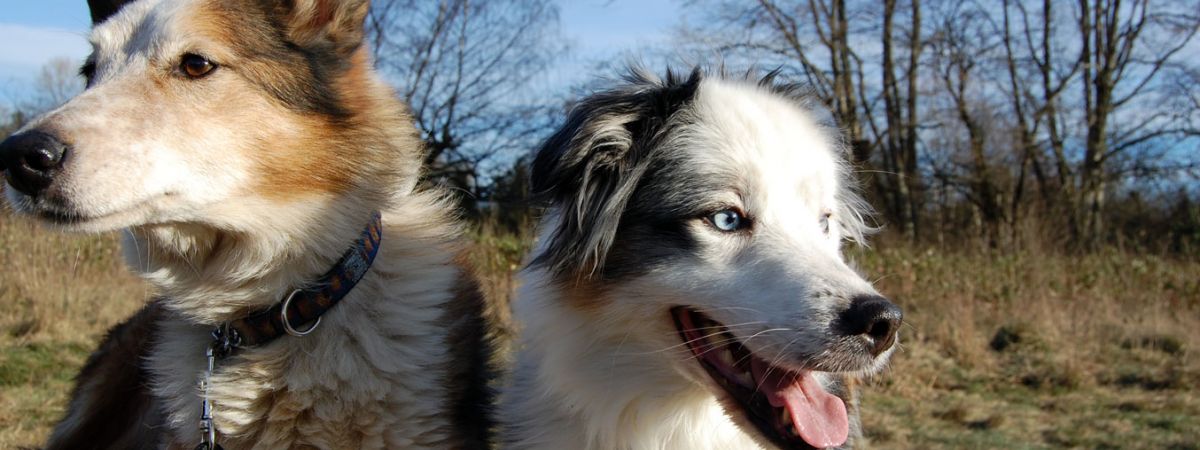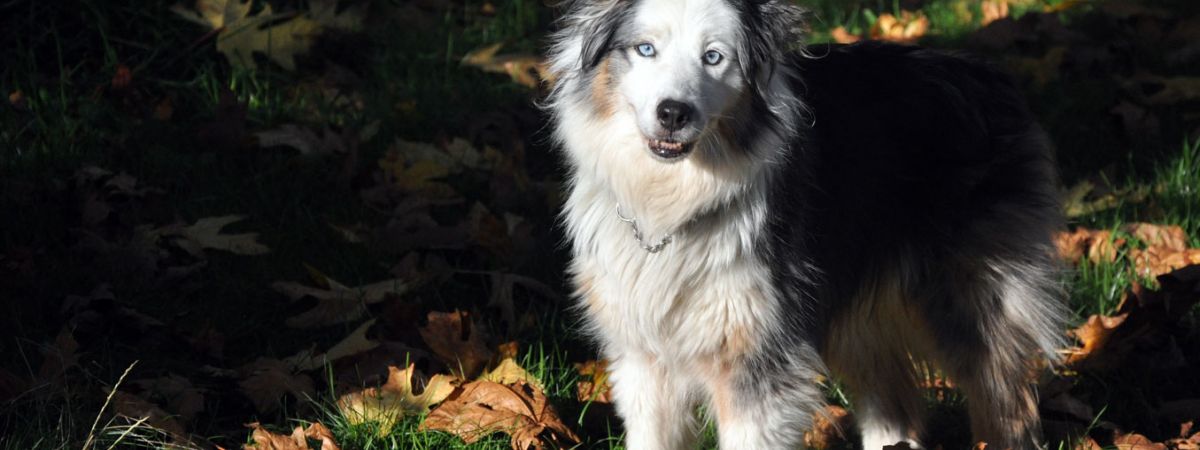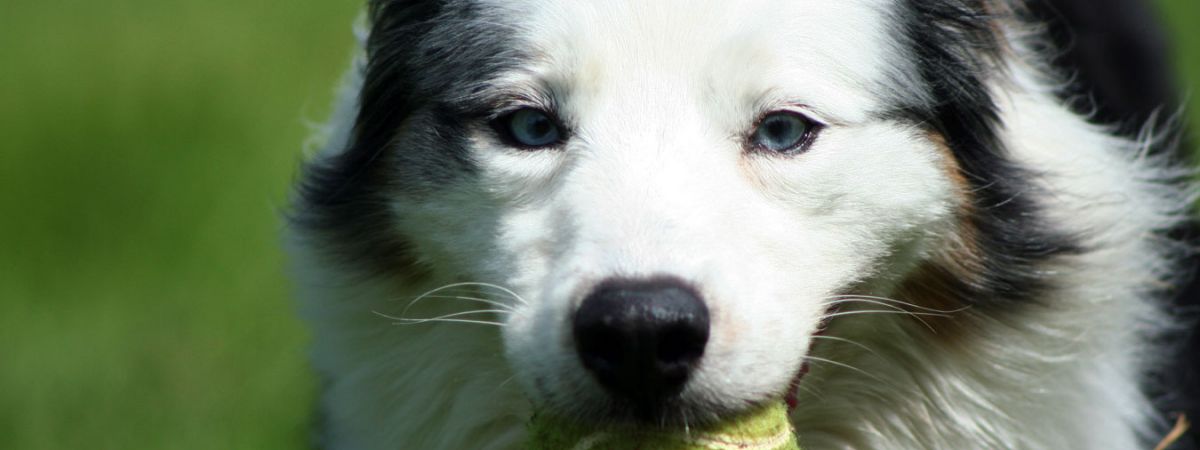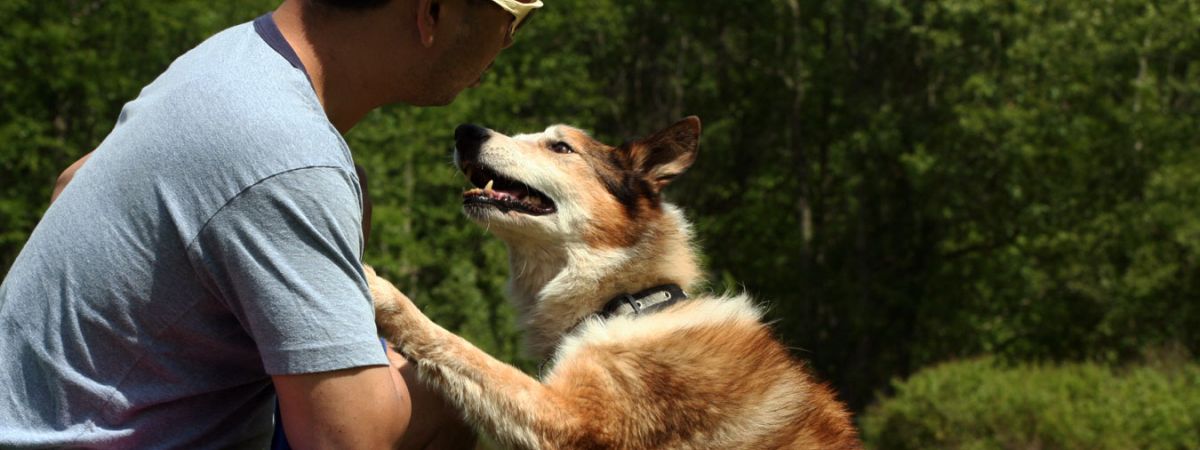Should You Get a “Movie Star” Breed?
Kids and adults alike usually enjoy the antics of the dogs who have graced our movie and television screens for years. Most of us remember Lassie, Benji and Rin Tin Tin from our childhoods. In more recent years, dogs have starred in movies such as “Air Bud,” “101 Dalmatians,” “Beethoven” and in the sitcom “Frasier.”
While enjoying these movies can be a lot of fun, problems can arise too. For example, after the release of “101 Dalmatians,” there was a huge influx of people getting dalmatians as family pets. Unfortunately, this also resulted in a huge influx of dalmatians at animal shelters and rescue groups. Why? Because the dalmatian can be a challenging breed to own. Just because they’re so well-trained and cute in a movie, does not mean they will be an appropriate pet at home.
The same applies to any other “famous” breed. It’s important to remember that the dog stars we see in movies are not the average for that breed. These animals have had years of training, usually from birth, performed by professional trainers who specialize in animal actors. Sometimes, the very traits that result in their being a good “movie star” are the same ones that make them not be the best pets! (Such as a strong working drive).
Each breed has its own characteristics, and when it comes to being in your family, some traits are positive and some are negative. For example, the St. Bernard can be a very sweet breed for an experienced pet owner. On the up side, they can be loving, calm family pets who are also good watch dogs. On the other hand, the average St. Bernard will likely outweigh most husbands, will have droopy lips that proliferate giant strings of saliva that get on everything, and will require lots of leadership to ensure that their “watchdog” instincts are kept at appropriate levels so an aggression problem doesn’t develop.
All of the other “famous” breeds have their own traits to be aware of too. Golden retrievers can be loving and wonderful pets, but are also extremely energetic, tend to do a lot of chewing as puppies and can be prone to hip displaysia. Jack russell terriers can be sweet and fun pets, but also tend to be stubborn dogs who love to zoom around and ricochet off of furniture, and will likely chase small animals for their entire lives.
The next breed that will be a big concern is the bearded collie. The new Disney movie, “The Shaggy Dog” is coming to theatres March 10, 2006. Rated P.G., this seems like it will be a cute family movie in which Tim Allen transforms from being the family dad, to being the family dog (a bearded collie).
There are many concerns throughout the pet community about the potential problem of thousands of people running out and getting bearded collies. Adorable dogs, these shaggy cuties might be the right pet for the right family. However, just like any time a pet is chosen, people also need to be aware of the breed traits that may be difficult. Bred for herding, these dogs may nip at the heels of children and will likely “herd” them when they run in the yard (by running by and knocking into them as if they were sheep). An intelligent breed who is meant to to a job, obedience training is paramount in avoiding behaviour problems, as a bored dog will create his own mischief to busy himself, not to mention coat care which is extensive with this breed.
In short, if you decide to get a new pet for your family, it is very important to research the breed and make sure you’re getting the right dog for your situation. Just because it’s a cute dog in a movie, doesn’t mean it will be the right pet at home. As responsible adults, it’s up to us to make the right decisions for our families, as well as for the welfare of dogs in general.
The Joys of Pets
Whether you have a dog or a cat, bird, fish or hamster, there are many joys our pets can bring throughout the year. Just as grandparents can enjoy the wonders of youth through their grandchildren, so can we all enjoy the silliness of puppies, the business of hamsters or the beauty of fish by looking with both our eyes and our hearts.
With busy schedules often taking over our lives, it can be easy to become complacent with our pets. Feed the dog, walk the dog, say “hi” to the dog when we come and go. Feed the cat, clean the litter box, pick up all the stuff he knocks down. Sometimes we may forget the very reason we got our pets in the first place.
There is no better time of year than Christmas and the New Year to remind ourselves that our pets can be so much more than just another responsibility. Taking time to really enjoy them might be something you need to remind yourself to do at first, but after a few times it will become something you look forward to.
For example, on a cold and windy day, most of us are not particularly in the mood to go outside and play fetch. But once you bundle up and head out with your dog, the joy in his eyes when he play bows, saying “I’ll get it,” is sure to bring warmth that counteracts the weather. For active dogs and puppies, an additional benefit is that he may also be ready to rest and relax when you return indoors after an invigorating game of ball.
Cats can be really fun to watch when you think of them as miniature lions. Take a few minutes to get out your cat’s favourite ribbon and play for a few minutes. It’s quite entertaining to watch how they stalk the string and then pounce on their “prey.”
Even hamsters, which may seem like noisy pets who don’t do much, can be enjoyable and educational to watch. Spend some time watching what they do when you put the fresh bedding and fresh food in the cage. It’s interesting to watch them reorganize their home, hide food and fluff up their favourite sleeping spot.
By taking some time to reflect, most of us will come to the realization that pets are more than just responsibilities. Listening to your bird’s song, enjoying the serenity of your fish tank, laughing at the antics of your ferret and talking to your pets are likely to bring joy to you, your children and your pets all throughout the year.

